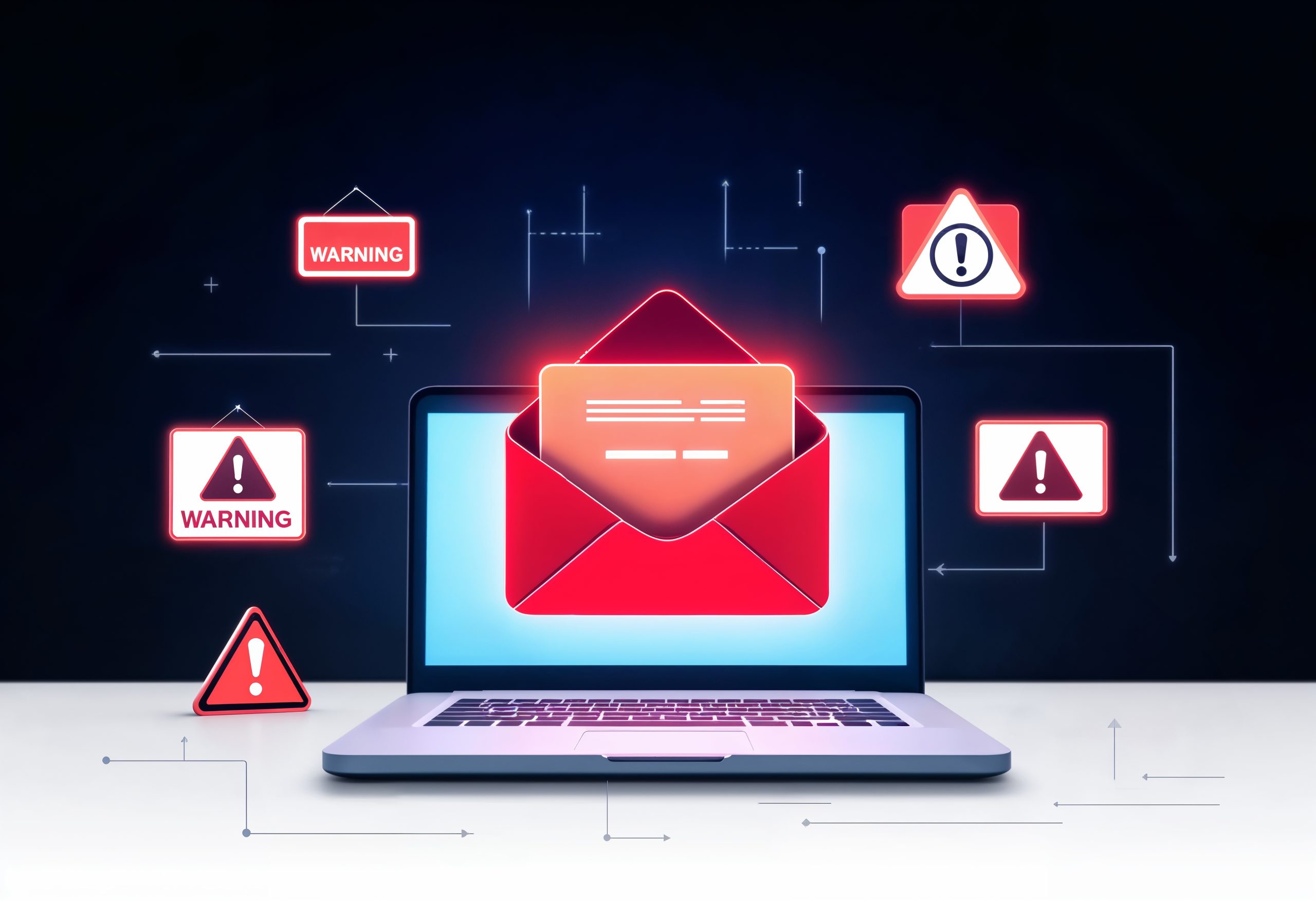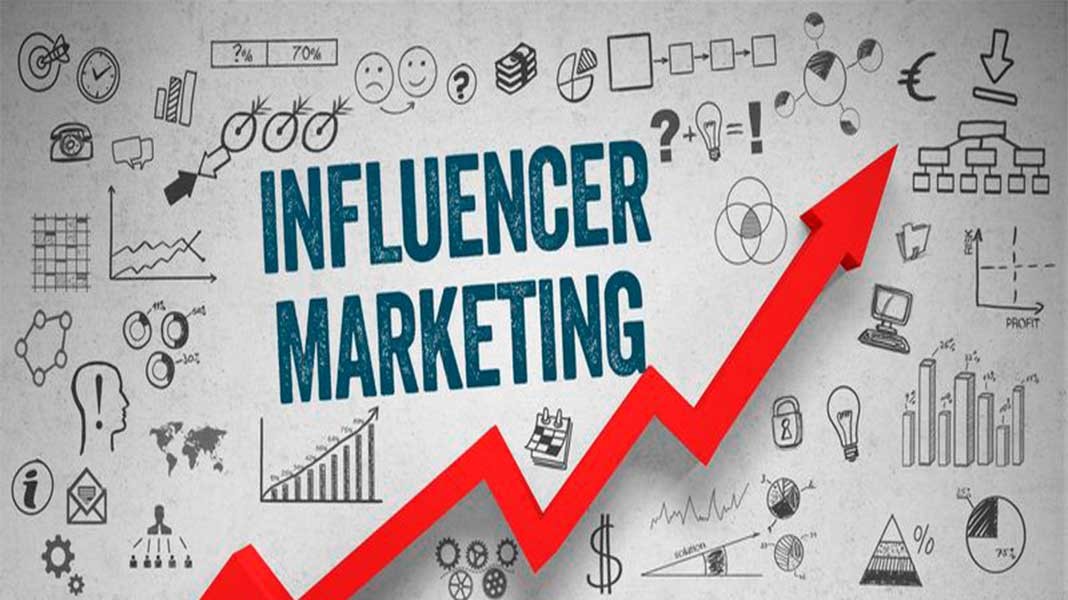Email Marketing Mistakes to Avoid in 2025
Email marketing remains one of the most powerful tools for businesses to connect with their audience, promote products or services, and build relationships. However, despite its effectiveness, many marketers continue to make mistakes that can harm their campaigns. In 2025, with new technologies and changing consumer behavior, it’s more important than ever to avoid common pitfalls. In this post, we’ll look at the top email marketing mistakes to avoid this year to maximize your campaign’s success.
1. Ignoring Mobile Optimization
With over half of all emails opened on mobile devices, optimizing your emails for mobile viewing is essential. Failing to do so can lead to a poor user experience and ultimately result in lower engagement.
What to do:
- Use responsive design: Make sure your emails automatically adjust to the screen size of the device.
- Simplify the content: Avoid long paragraphs and heavy images that may not display well on smaller screens.
- Test your emails on mobile devices: Before sending out any campaign, always preview your email on mobile to ensure readability.
2. Sending Irrelevant Content
One of the most significant mistakes you can make in email marketing is sending irrelevant content to your subscribers. Consumers expect personalized experiences, and generic emails that do not speak to their needs or interests will likely get ignored, or worse, lead to unsubscribes.
What to do:
- Segment your email list: Divide your audience based on their preferences, purchase history, or engagement level. By sending targeted content, you’ll ensure relevance.
- Personalize your emails: Use dynamic content that changes based on user data, such as their name, recent purchases, or location.
3. Neglecting to A/B Test
A/B testing is an essential part of optimizing email marketing campaigns. Without it, you’re essentially guessing which elements of your email work best. Testing different subject lines, calls to action, or even designs can have a huge impact on open and click-through rates.
What to do:
- Test subject lines: This is the first thing a subscriber sees, and a compelling subject line can greatly influence open rates.
- Experiment with email designs: Different layouts and visuals can engage readers in different ways.
- Try variations of CTAs: Slight changes in wording, placement, or design can lead to higher click-through rates.
4. Overloading Emails with Too Much Text
While content is crucial in email marketing, bombarding your subscribers with lengthy emails filled with too much text can be counterproductive. In today’s fast-paced world, people prefer concise and easily digestible content.
What to do:
- Keep your messages short and to the point: Focus on one main message per email to avoid overwhelming readers.
- Use bullet points and subheadings: This makes your email easier to scan, and readers can quickly find the information they’re interested in.
- Include visuals: Incorporate images, GIFs, or infographics to break up text and keep the reader engaged.
5. Not Having Clear CTAs
A common mistake in email marketing is sending messages without a clear call to action (CTA). If you want your audience to take specific actions, such as purchasing a product or visiting your website, you need to make it easy for them to do so.
What to do:
- Use strong and clear CTAs: Instead of vague CTAs like “Click here,” use action-driven language like “Shop Now” or “Get Your Free Trial.”
- Make your CTA stand out: Use contrasting colors or buttons to make the CTA visually prominent.
- Limit the number of CTAs: Avoid cluttering the email with too many options. One main CTA ensures clarity and improves conversions.
6. Failing to Monitor Metrics
Email marketing campaigns require constant monitoring to measure success and identify areas for improvement. Without tracking important metrics like open rates, click-through rates, bounce rates, and conversion rates, it’s difficult to know if your campaigns are performing well.
What to do:
- Track essential metrics: Keep a close eye on open rates, CTR, unsubscribe rates, and bounce rates to evaluate your campaigns’ performance.
- Use analytics tools: Email marketing platforms often come with built-in analytics. Use them to gather insights on what’s working and what’s not.
- Adjust campaigns based on insights: Based on the data, tweak your content, design, and CTAs to improve your next campaign’s performance.
7. Not Testing Email Deliverability
Email deliverability is a crucial factor in the success of your campaigns. If your emails land in the spam folder or fail to deliver entirely, all your hard work in crafting them goes to waste.
What to do:
- Monitor your sender reputation: Keep track of your sender score to ensure high deliverability.
- Test deliverability: Regularly check whether your emails are being marked as spam, and avoid using language or practices that trigger spam filters (e.g., using excessive capital letters or certain phrases like “free offer”).
- Clean your email list: Remove invalid or inactive email addresses from your list to improve your sender score.
8. Ignoring GDPR and Privacy Regulations
With privacy laws becoming stricter around the world, it’s essential to follow regulations like the General Data Protection Regulation (GDPR) in Europe. Violating these laws can not only damage your reputation but also result in hefty fines.
What to do:
- Ensure consent: Always get explicit consent before sending marketing emails.
- Offer easy opt-out options: Include an unsubscribe link in every email, and honor opt-out requests promptly.
- Be transparent with data usage: Let subscribers know how their data will be used and stored.
Conclusion
Email marketing can be a highly effective tool for growing your business, but only if you avoid the common mistakes that hold back many marketers. By following the tips mentioned above, including optimizing for mobile, segmenting your audience, A/B testing, and personalizing your emails, you’ll set yourself up for success in 2025. Always stay updated with best practices, and continuously monitor and refine your strategies to ensure your email marketing campaigns drive real results.




